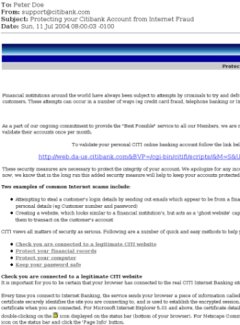
Fuzz testing may sound like a term far removed from the IT world, but fuzzing is a good way of discovering weaknesses in a network, application or server before others do. Fuzzing involves bombarding a program with randomly generated data to see if it’ll withstand the overload. If it fails, either by crashing or not executing a specific code, then there’s a defect you need to find and correct. Hackers can use fuzzing to find what bugs exist in an application, for example, a web browser, and then create specific code to exploit the application’s weaknesses. But if these bugs are discovered before they can be exploited then a way can be found to fix these exploitable bugs.
Testers can use fuzz testing to find out if the current software being used have easily exploitable vulnerabilities. It is probably the closest approximate to a real-world situation when data coming into a system or application doesn’t always follow validation rules. While fuzzing, testers keep a record of all the data they create, so it’s easy can keep track of what specifically caused any errors. It’s also relatively cheap to perform fuzz testing, and it can be used to compare the security of different programs and operating systems. Open source fuzzing tools and tests for different applications and systems are now available online. Though fuzzing doesn’t guarantee to find every error-producing event and bug that can occur on your system, it does give an idea of where intruders might try to attack. Errors like buffer overruns and attacks on cross-site scripting can be prevented by fuzz testing.
[tags]fuzzing,bugs,buffers,phishing,pharming,software,errors,intruders[/tags]
 Chances are that when you open your inbox today you’ll find an e-mail claiming to be from your bank, an e-commerce site, or another
Chances are that when you open your inbox today you’ll find an e-mail claiming to be from your bank, an e-commerce site, or another